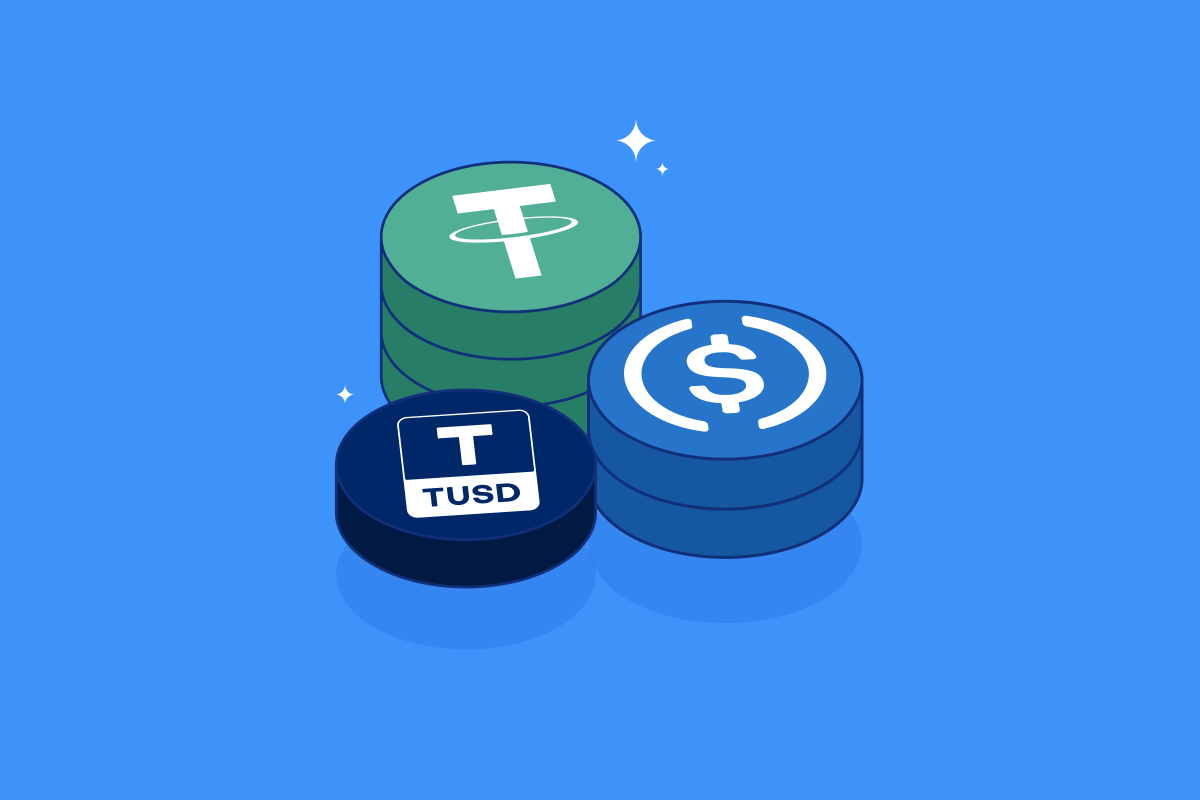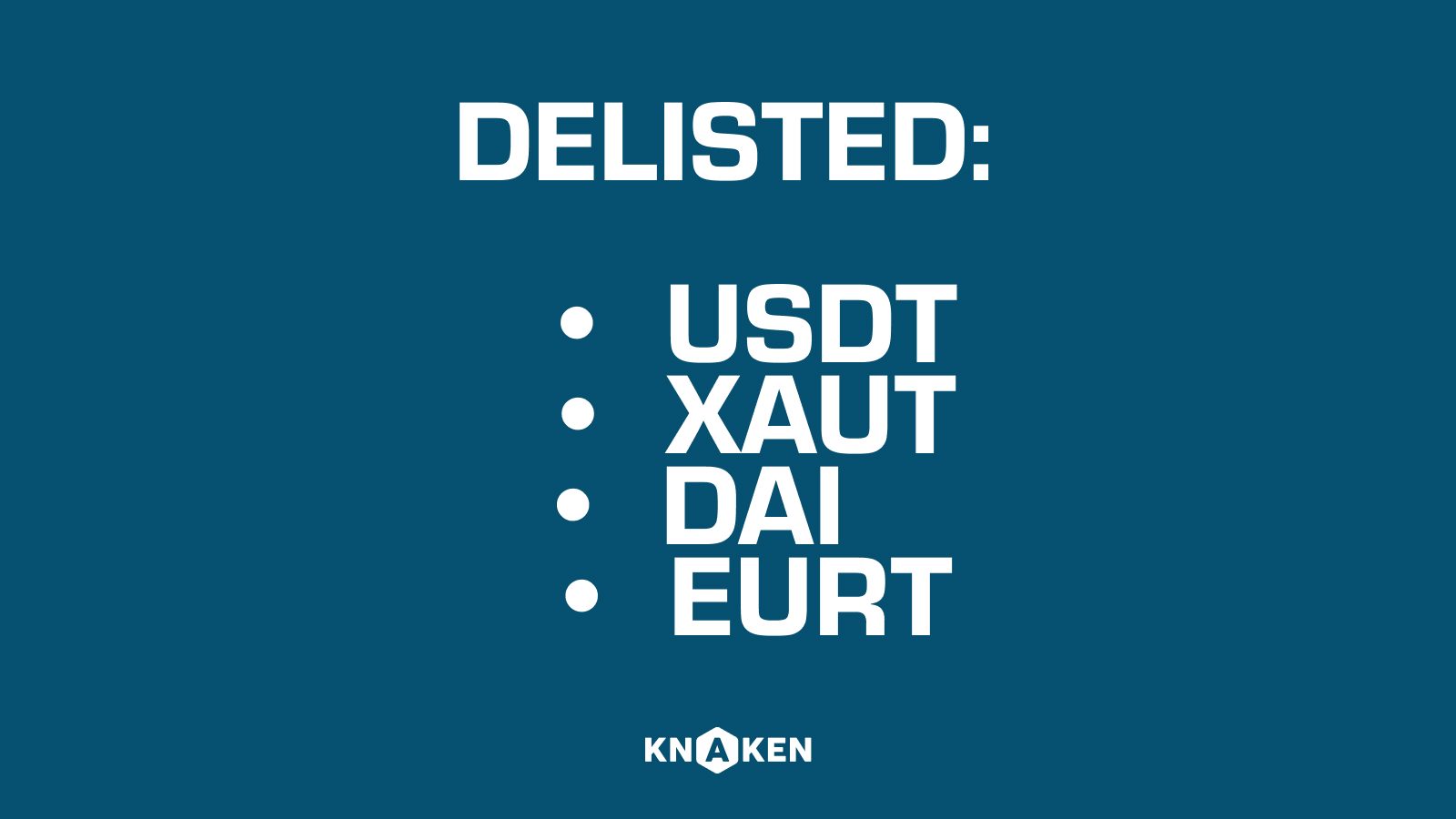Consensus Mechanism in Cryptocurrency
Introduction to Consensus Mechanisms
Consensus mechanisms are critical protocols that enable blockchain networks to achieve agreement on the state of the distributed ledger. They are essential for validating transactions, ensuring network security, and maintaining the integrity of the decentralized nature of cryptocurrencies. By facilitating agreement among nodes (participants) within the network, consensus mechanisms prevent issues like double-spending and ensure that all copies of the blockchain are synchronized.
Types of Consensus Mechanisms
There are various consensus mechanisms employed in the world of cryptocurrency, each with its unique features and operational methodologies. The most notable types include:
- Proof of Work (PoW)
- Introduced by Bitcoin, PoW requires miners to solve complex mathematical problems to validate transactions.
- Mining rewards are given to those who successfully validate a block of transactions.
- PoW is often criticized for its substantial energy consumption and environmental impact.
- Proof of Stake (PoS)
- In PoS, validators are chosen based on the number of coins they hold and are willing to “stake” as collateral.
- This mechanism is designed to be more energy-efficient compared to PoW.
- Ethereum 2.0 is a prominent example of a project transitioning from PoW to PoS.
- Delegated Proof of Stake (DPoS)
- DPoS utilizes a voting and delegation system where stakeholders vote for a small number of delegates or witnesses.
- This method aims to achieve faster transaction confirmations and greater scalability.
- Examples include EOS and TRON.
- Proof of Authority (PoA)
- In PoA, transactions are validated by a limited number of approved accounts known as validators.
- This mechanism is highly centralized compared to PoW and PoS, allowing for high throughput.
- Used primarily in private networks, examples include VeChain and POA Network.
- Practical Byzantine Fault Tolerance (PBFT)
- Initially developed to provide reliability in distributed systems, PBFT aims to reach consensus in the presence of faulty nodes.
- This method allows nodes to agree on the state of the system as long as less than one-third of them are faulty or malicious.
- Used in Hyperledger Fabric and Zilliqa.
Importance of Consensus Mechanisms
The importance of consensus mechanisms in cryptocurrencies cannot be understated. They play a crucial role in:
- Transaction Validation
- Consensus mechanisms ensure that all transactions are accurately validated before being added to the blockchain.
- This validation prevents fraudulent transactions and ensures trust within the network.
- Network Security
- By requiring nodes to follow stringent verification processes, consensus mechanisms protect the blockchain from attacks.
- These security measures help maintain the integrity of the financial system.
- Decentralization
- Consensus mechanisms allow for distributed consensus among multiple nodes, keeping the network decentralized and reducing single points of failure.
- This is vital for maintaining user trust and preventing censorship.
- Scalability
- Different consensus mechanisms offer varied levels of scalability, allowing blockchain networks to accommodate more transactions per second.
- Choosing the right consensus mechanism influences a blockchain’s performance and user experience.
Challenges and Limitations
Despite their significance, consensus mechanisms face several challenges and limitations:
- Energy Consumption
- Proof of Work is particularly criticized for its high energy consumption.
- This raise concerns about environmental impacts and sustainability.
- Centralization Risks
- Some mechanisms like PoA and DPoS can lead to centralization where a few entities control the network.
- This undermines the foundational principle of blockchain technology, which is decentralization.
- Security Vulnerabilities
- Each consensus mechanism has unique vulnerabilities, including potential attacks or exploits.
- For example, despite the promise of PoS, there are concerns about “nothing-at-stake” attacks.
- Scalability Challenges
- Some consensus mechanisms may struggle to handle significant transaction volumes during peak periods.
- This can affect user experience and the adoption rate of cryptocurrencies.
The Future of Consensus Mechanisms
The future of consensus mechanisms is continually evolving, driven by technological advancements and growing user needs. Emerging trends include:
- Hybrid Mechanisms
- Combining different consensus approaches to create more efficient and robust systems.
- Examples include networks that use both PoW and PoS to leverage the strengths of each.
- Layer 2 Solutions
- Implementing Layer 2 solutions like state channels and rollups to improve scalability without compromising decentralization.
- These solutions can work in tandem with existing consensus mechanisms.
- Sustainability Efforts
- Increased focus on energy-efficient consensus models as concerns over environmental impacts grow.
- Projects are moving towards PoS and other low-energy alternatives.
Conclusion
In conclusion, consensus mechanisms form the backbone of cryptocurrency networks, enabling secure, reliable, and decentralized transaction validation. As the blockchain space continues to innovate and expand, understanding these mechanisms is essential for anyone interested in cryptocurrencies. By facilitating agreement among distributed nodes, consensus mechanisms maintain the integrity and transparency of blockchain technology, paving the way for future advancements in the field.


















